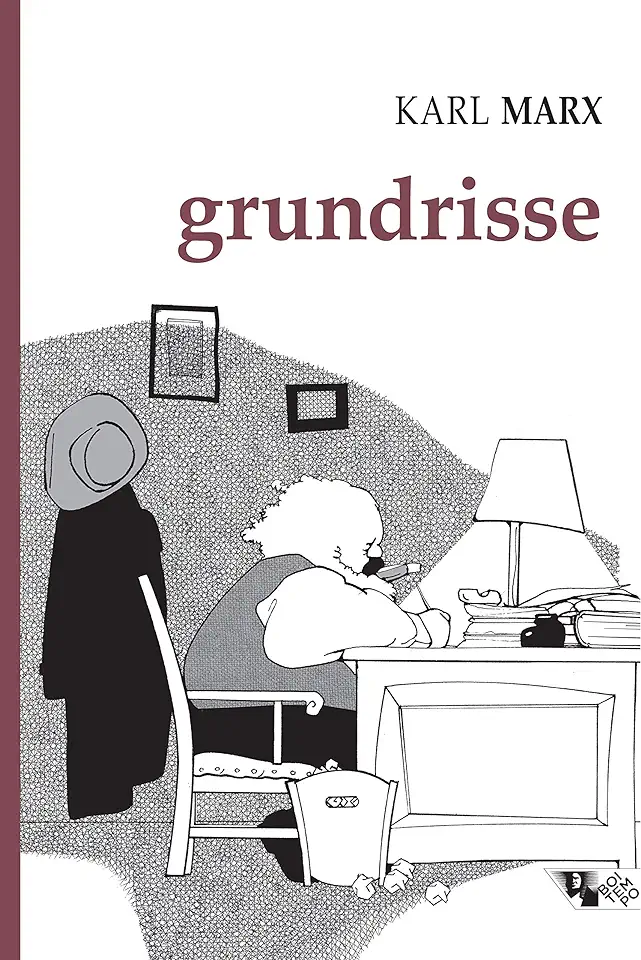
Grundrisse - Karl Marx
Introduction
In the Grundrisse, Karl Marx presents a comprehensive and systematic critique of capitalism, laying the foundation for his later work, Capital. Written in 1857-1858, the Grundrisse is a vast and complex work that covers a wide range of topics, including the nature of capital, the process of capitalist production, the role of class struggle in history, and the future of communism.
The Nature of Capital
Marx begins the Grundrisse by analyzing the nature of capital. He argues that capital is not simply a collection of money or wealth, but rather a social relation that is based on the exploitation of labor. Capitalists own the means of production, and they use this ownership to extract surplus value from workers. Surplus value is the difference between the value of the goods that workers produce and the wages that they are paid. This surplus value is then used by capitalists to accumulate more capital, and the cycle of exploitation continues.
The Process of Capitalist Production
Marx then goes on to analyze the process of capitalist production. He shows how the capitalist mode of production leads to a number of contradictions, including the tendency for the rate of profit to fall, the increasing concentration of wealth in the hands of a few individuals, and the alienation of workers from their labor. These contradictions eventually lead to crises, which can only be resolved through the overthrow of capitalism.
The Role of Class Struggle in History
Marx argues that class struggle is the driving force of history. He shows how the conflict between capitalists and workers has shaped the development of human society. The Grundrisse contains a detailed analysis of the class struggles that have occurred throughout history, from the ancient world to the modern era. Marx argues that these struggles will eventually lead to the overthrow of capitalism and the establishment of communism.
The Future of Communism
Marx concludes the Grundrisse by discussing the future of communism. He argues that communism is the only way to overcome the contradictions of capitalism and create a truly just and humane society. Marx's vision of communism is a society in which there is no private property, no class divisions, and no state. In this society, people will be free to develop their full potential and live in harmony with each other and with nature.
Conclusion
The Grundrisse is a profound and insightful work that has had a profound impact on the development of social and political thought. It is a must-read for anyone who wants to understand the nature of capitalism and the future of human society.
Why You Should Read the Grundrisse
The Grundrisse is a challenging but rewarding read. It is a work that will change the way you think about the world. If you are interested in understanding the nature of capitalism, the role of class struggle in history, and the future of communism, then I highly recommend that you read the Grundrisse.
Here are a few reasons why you should read the Grundrisse:
- It is a comprehensive and systematic critique of capitalism.
- It provides a detailed analysis of the process of capitalist production.
- It discusses the role of class struggle in history.
- It presents a vision of a communist future.
- It is a challenging but rewarding read.
If you are ready to take on the challenge, I encourage you to read the Grundrisse. It is a work that will change the way you think about the world.